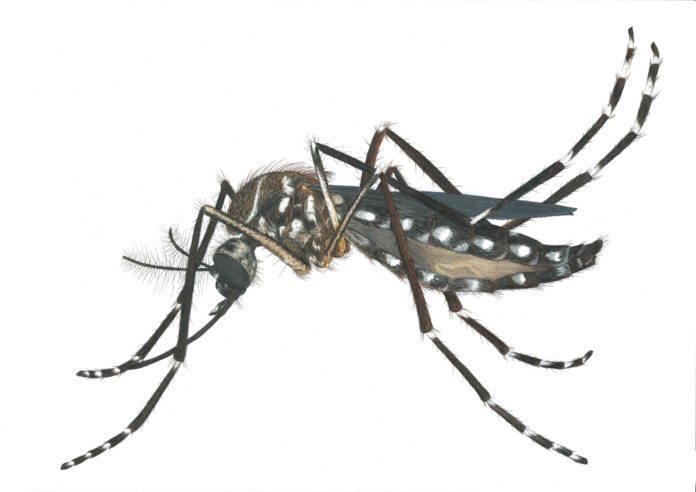News of the spread of the Zika virus, a mosquito-borne illness, has consumed in the U.S. for two weeks. Below are the facts and risks for Monroe County residents.
— Weekly Staff report
Found
The disease has been reported in the Cape Verde islands, Samoa, and south from Mexico to Uruguay except for Nicaragua, Costa Rica and Peru.
Symptoms
About 1 in 5 infected with Zika will become ill. Symptoms include fever, rash, joint pain, or conjunctivitis (red eyes). Other common symptoms include muscle pain and headache. Not known: incubation period.
Spread
During the first week of infection, Zika virus can be found in the blood and passed from an infected person to another mosquito through mosquito bites.
An infected mosquito can then spread the virus to other people. The virus is spread by the Ae. aegypti and Ae. Albopictus mosquitos that typically lay eggs in and near standing water in things like buckets, bowls, animal dishes, flower pots and vases. (Neighborhood mosquitoes, not mangrove mosquitoes!) They are aggressive daytime biters, prefer to bite people, and live indoors and outdoors near people.
Outcomes
No direct links have been proven between the Zika virus and birth defects (microcephaly, abnormal brain development in the womb resulting in a very small head) or Guillain-Barre syndrome (serious nervous system disorder that can result in paralysis).
Is it here?
The only cases reported in the U.S. are from patients who have traveled abroad and the disease has not been spread from the approximately 20 who are infected. However, Earlier this month, a baby in Hawaii was born with microcephaly. The mother had spent part of her pregnancy in Brazil.
So far, the CDC reports that Florida, Illinois, New Jersey, Texas and Hawaii have residents who have tested positive for the virus.
— Florida Keys Mosquito Control, Center for Disease Control, MSNBC.com and CNN.com.


























